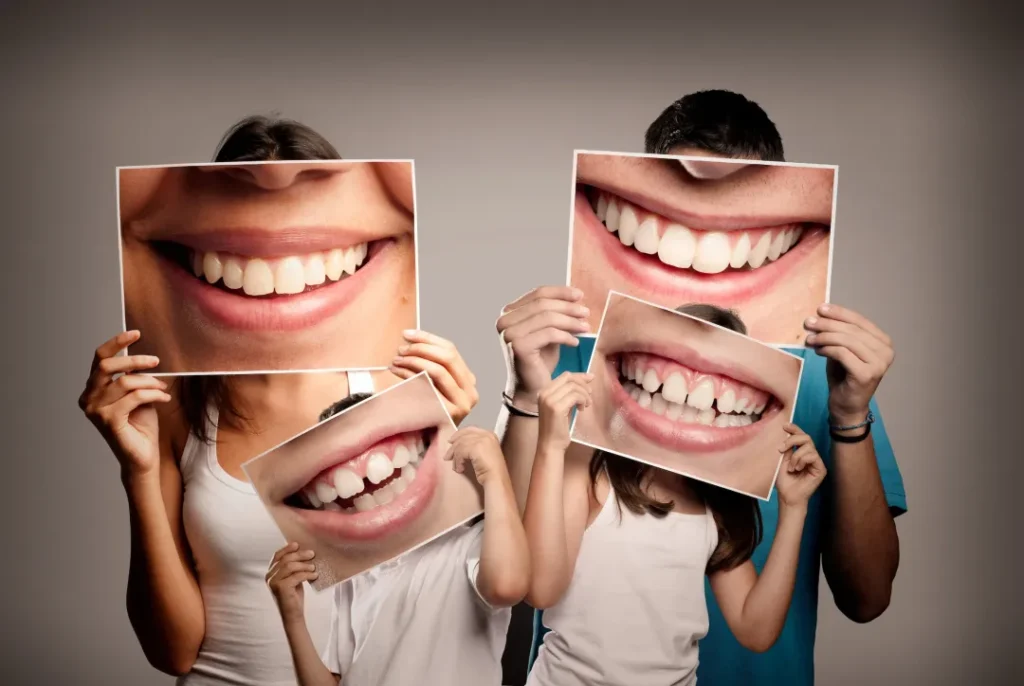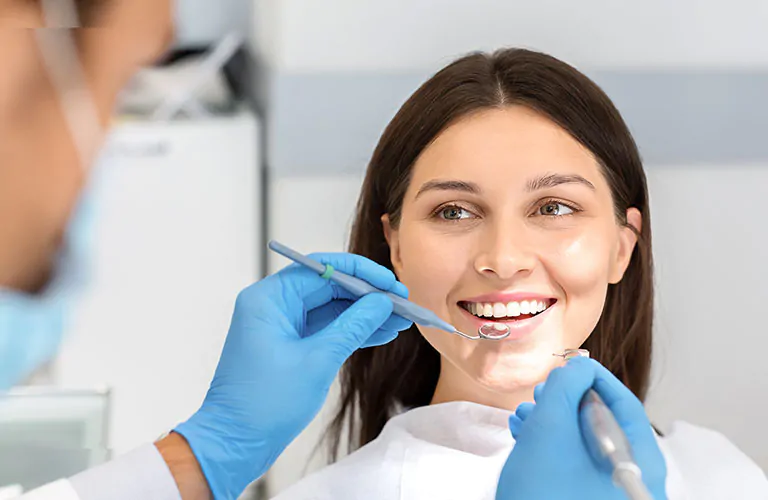What Is Preventative Dentistry and Why It Matters

Ever heard the saying, “An ounce of prevention is worth a pound of cure”? That idea fits preventative dentistry perfectly. But what is preventative dentistry, and why does it matter so much?
Preventative dentistry is a proactive approach to keeping your teeth and gums healthy before issues arise. Rather than waiting for pain, decay, or disease to show up, it focuses on stopping those problems in their tracks. It’s not just about brushing—it’s about a full set of habits and check-ups that protect your oral health for the long haul.
So, why does it matter?
Because small steps now can save you from big, expensive problems later. Cavities, gum disease, even tooth loss—most of these start small. When caught early, they’re easier (and cheaper) to fix or stop altogether.
Key Components of Preventative Dental Care
Preventative care isn’t one thing—it’s a bunch of little things that work together. Think of it like layers of protection for your mouth. Let’s break down what goes into it:
- Regular dental cleanings
Professional cleanings help remove plaque and tartar that your toothbrush can’t handle. - Routine exams
Your dentist checks for signs of decay, gum issues, and early signs of oral diseases. - Fluoride treatments
Strengthens enamel and helps prevent cavities—especially helpful for kids. - Dental sealants
These are protective coatings placed on the chewing surfaces of back teeth, where decay often starts. - Digital X-rays
They catch problems hidden below the surface, like bone loss or deep cavities. - At-home care
Brushing twice daily with fluoride toothpaste, flossing daily, and eating a balanced diet all play a role.
Some dentists even use laser cavity detection or salivary diagnostics to catch issues faster. The goal? Keep your teeth healthy, not just fix them when they’re broken.
How Preventative Dentistry Benefits Long-Term Health
Here’s something many people don’t realize: your mouth is connected to your entire body. If your gums are inflamed, your immune system is affected. If you lose teeth, it impacts how you eat, speak, and look.
Here’s how preventative care supports your health:
- Early detection saves money
Catching a cavity early means a simple filling, not a crown or root canal. - Healthy mouth, healthier heart
Gum disease has been linked to heart disease, diabetes, and even stroke. - Fewer emergencies
Toothaches, infections, and broken teeth can be incredibly painful—and expensive if they hit after hours. - Boosts self-confidence
Healthy teeth mean a brighter smile, and that affects how you feel about yourself.
Preventative dentistry isn’t just about avoiding problems, it’s about improving your quality of life.
Preventative Dentistry for Different Age Groups
Not all mouths need the same care. Here’s how preventative dentistry shifts with age:
Children
- Fluoride treatments and sealants are key.
- Habits like thumb-sucking or bottle feeding at bedtime are addressed early.
- Parents should brush for them until they can do it well themselves.
Teens
- Wisdom teeth may start showing up.
- Diet choices (sugary drinks, snacks) can cause issues.
- Braces might be part of the picture, and keeping teeth clean gets trickier.
Adults
- Stress, smoking, or certain medications can affect oral health.
- Gum disease becomes more common.
- Oral cancer screenings become more important.
Seniors
- Dry mouth from medications can increase cavity risk.
- Dentures or implants may require care.
- Many assume tooth loss is part of aging, but it doesn’t have to be.
Every age needs a different level of care, but the foundation stays the same: regular visits and good daily habits.
Common Myths About Preventative Dentistry
Let’s set the record straight on a few things:
“I don’t have pain, so I don’t need to see the dentist.”
Pain is usually the last sign. Most dental problems are silent early on.
“Brushing once a day is enough.”
It’s not. Plaque builds up fast, and brushing twice daily is the gold standard.
“Dental cleanings weaken my enamel.”
False. Cleanings remove hardened plaque, nothing harmful to your enamel.
“Kids don’t need the dentist until they have all their teeth.”
The American Dental Association recommends a first visit by age 1.
“Dental visits are too expensive.”
Preventative visits cost far less than treating major issues later. Think of it as an investment.
How to Make Preventative Dentistry Part of Your Routine
Want to keep your smile healthy? Here’s how to make preventative dentistry part of your everyday life:
Daily Habits
- Brush twice a day with fluoride toothpaste
- Floss once a day, no excuses
- Rinse with an alcohol-free mouthwash
- Cut back on sugary snacks and drinks
- Drink water throughout the day
Regular Appointments
- See your dentist every 6 months
- Ask about sealants or fluoride if you’re prone to cavities
- Get X-rays when recommended
- Don’t skip oral cancer screenings
Pro Tip: Make it Fun
- Use an electric toothbrush with a timer
- Try new flavors of toothpaste
- Let kids pick out their own toothbrushes
- Listen to a podcast while you brush
Building small habits now pays off big time later.
Why Preventative Dentistry Really Matters
Preventative dentistry isn’t just some “nice to have” idea. It’s your best defense against pain, tooth loss, and big bills. And it’s something anyone can start today, without fancy tools or complicated steps.
It keeps your smile strong. It saves you money. And it makes sure small problems don’t grow into major issues.
Book an appointment with San Diego Smile Pros today and start building healthy dental habits for life.





